Positive Leader Presentation: Police Force Strategies
VerifiedAdded on 2022/12/21
|12
|643
|62
Presentation
AI Summary
This presentation focuses on positive leadership within the context of a police force, aiming to improve productivity and wellbeing. It explores the characteristics of a positive leader, emphasizing effective decision-making and the importance of employee health and motivation. The presentation differentiates police officers from other employee types, discussing motivational factors and the impact of stress. It outlines strategies a positive leader can adopt to enhance officer wellbeing, including intrinsic motivators, fostering personal growth, providing training, and implementing wellness programs. The presentation also highlights effective skill development exercises, such as communication training and counsellor education, to promote a positive and productive work environment for police officers. The content is supported by references to relevant research and academic sources.
1 out of 12

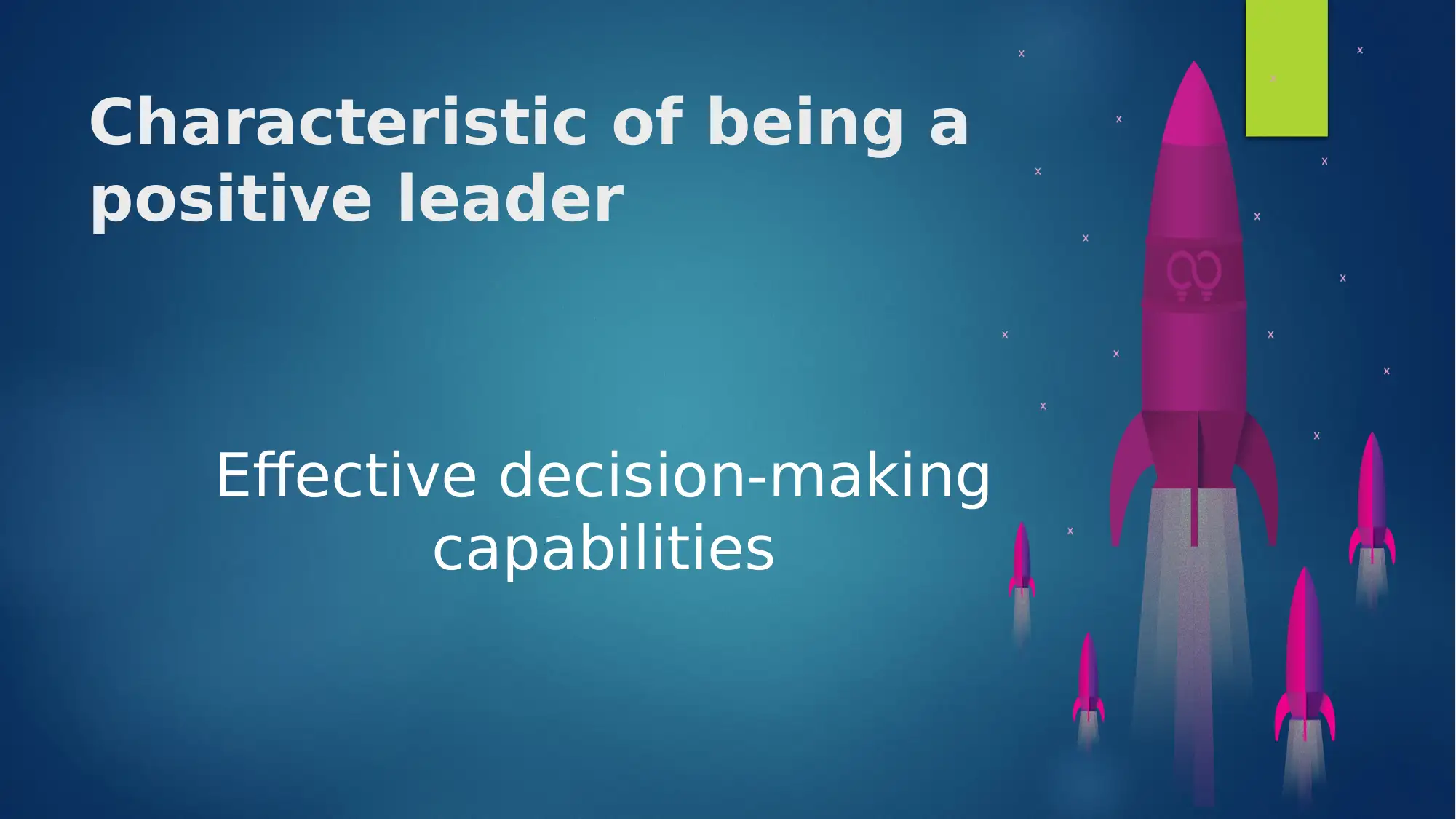
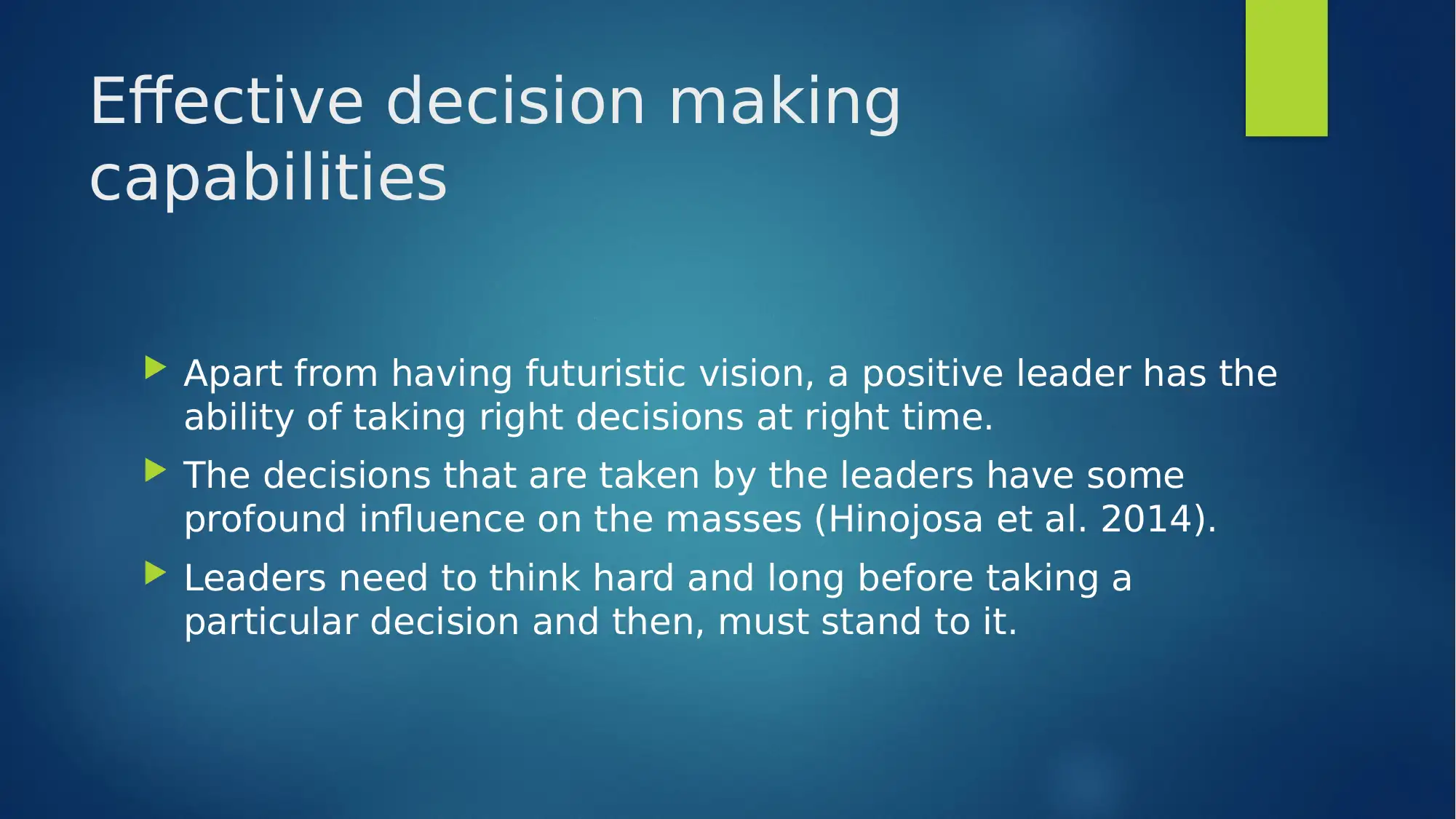

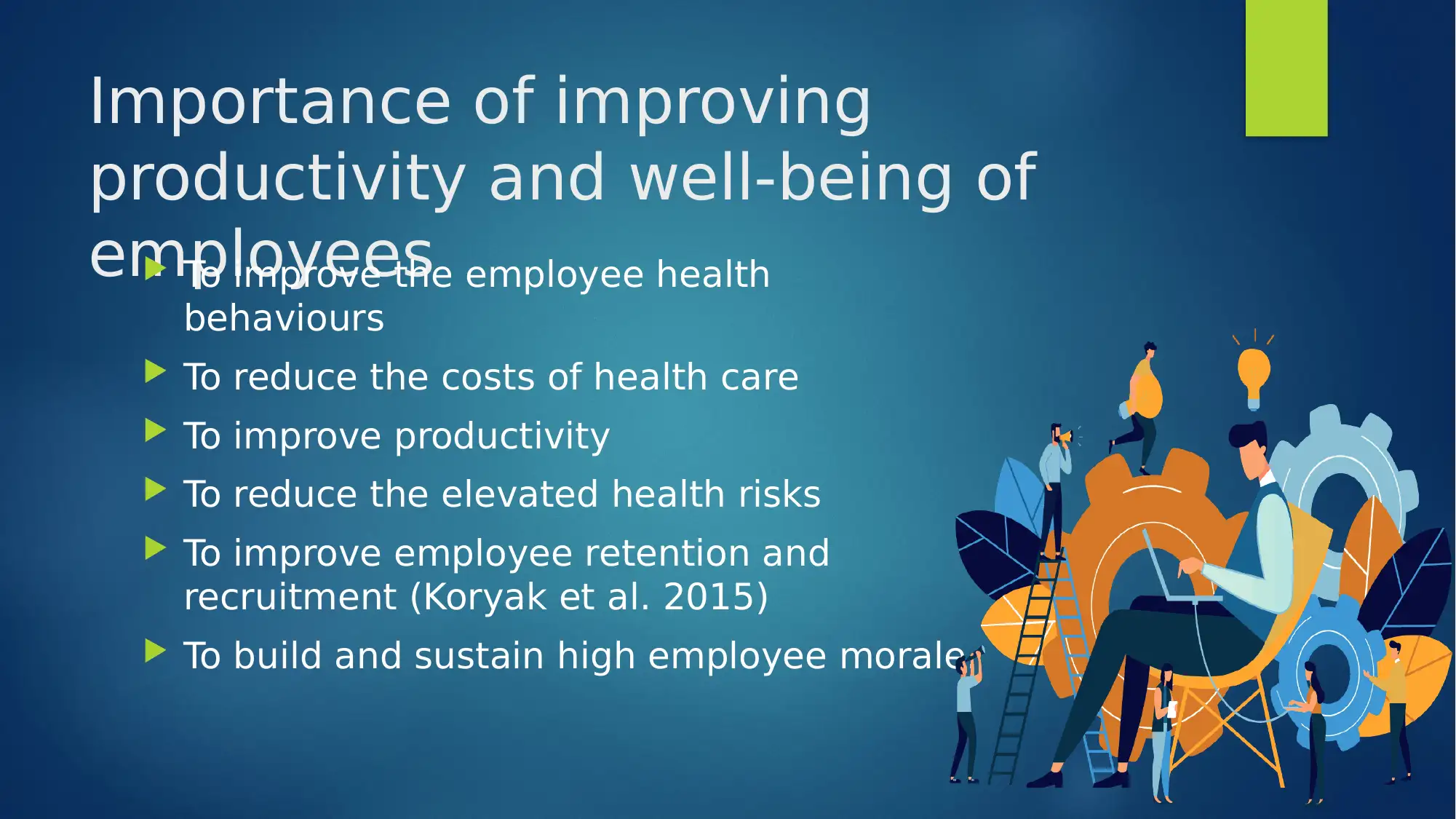
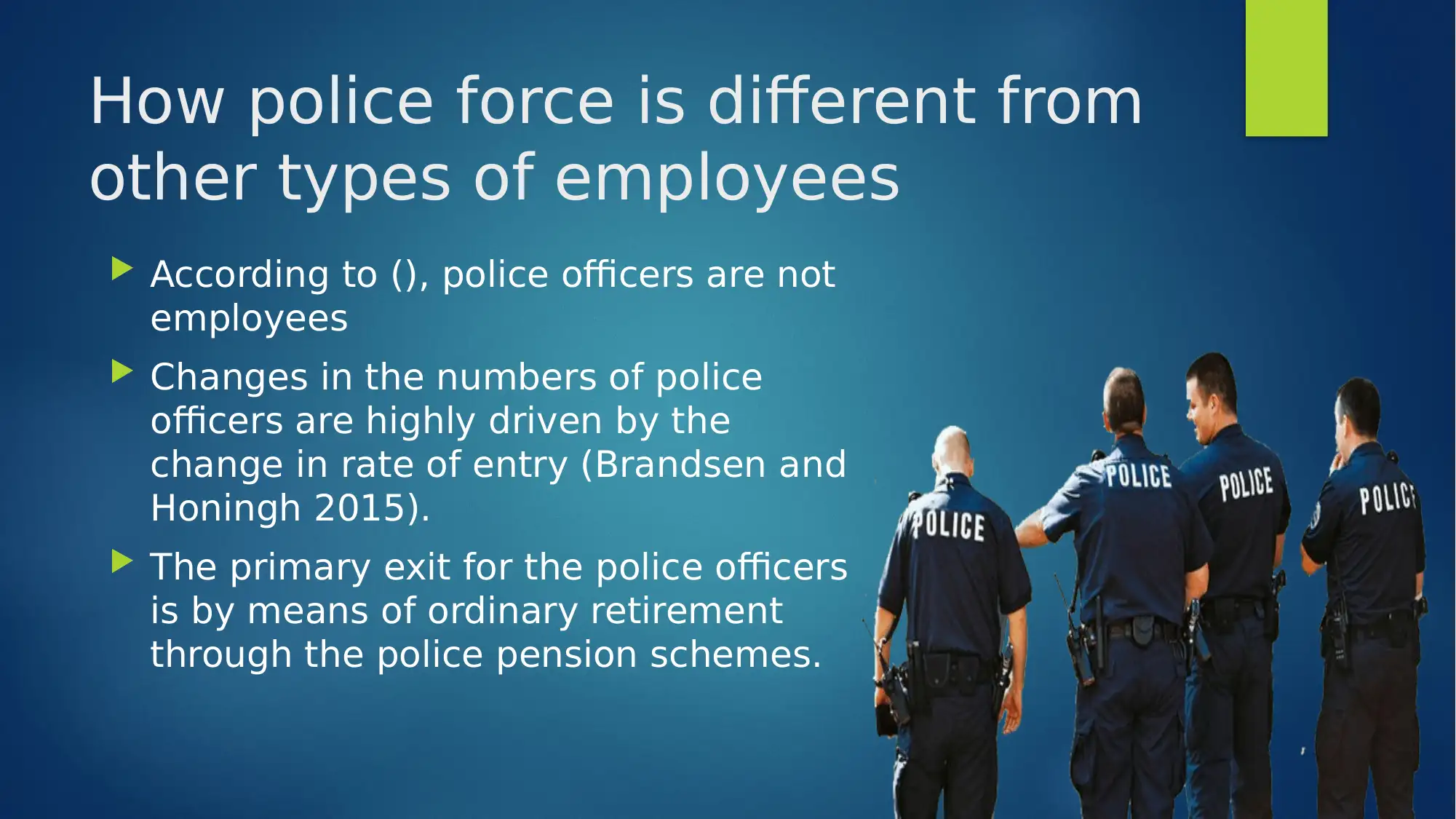
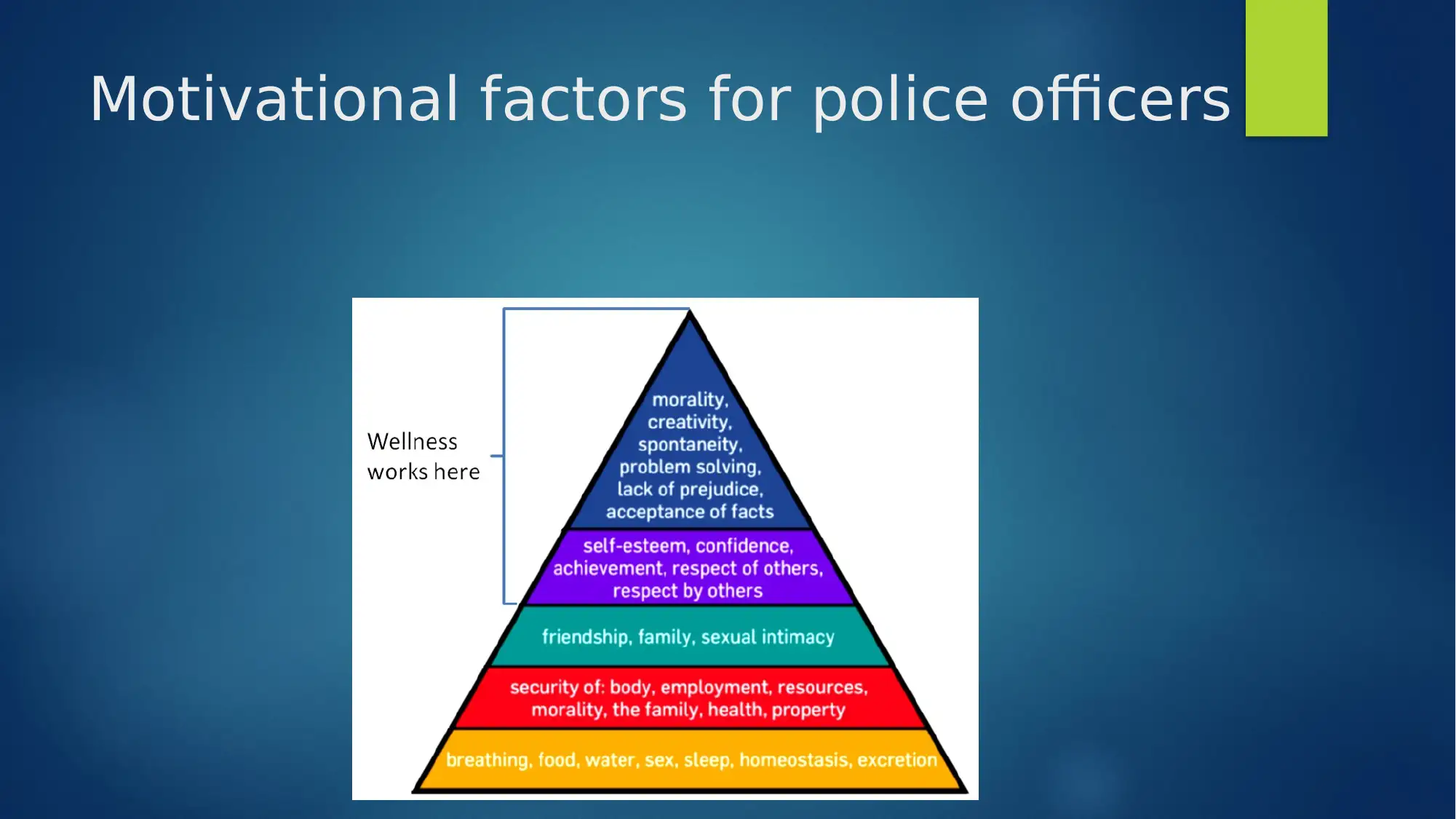
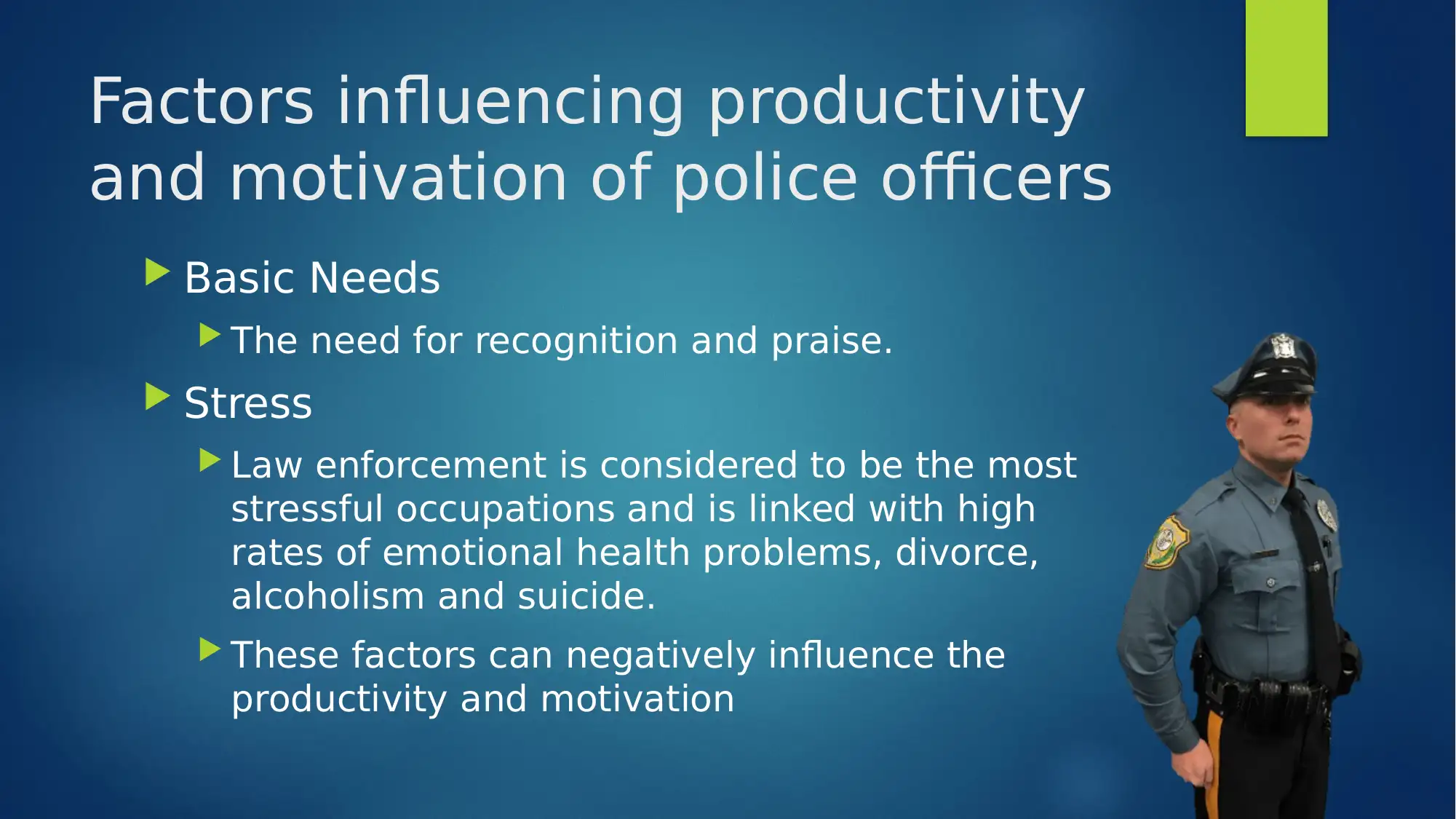
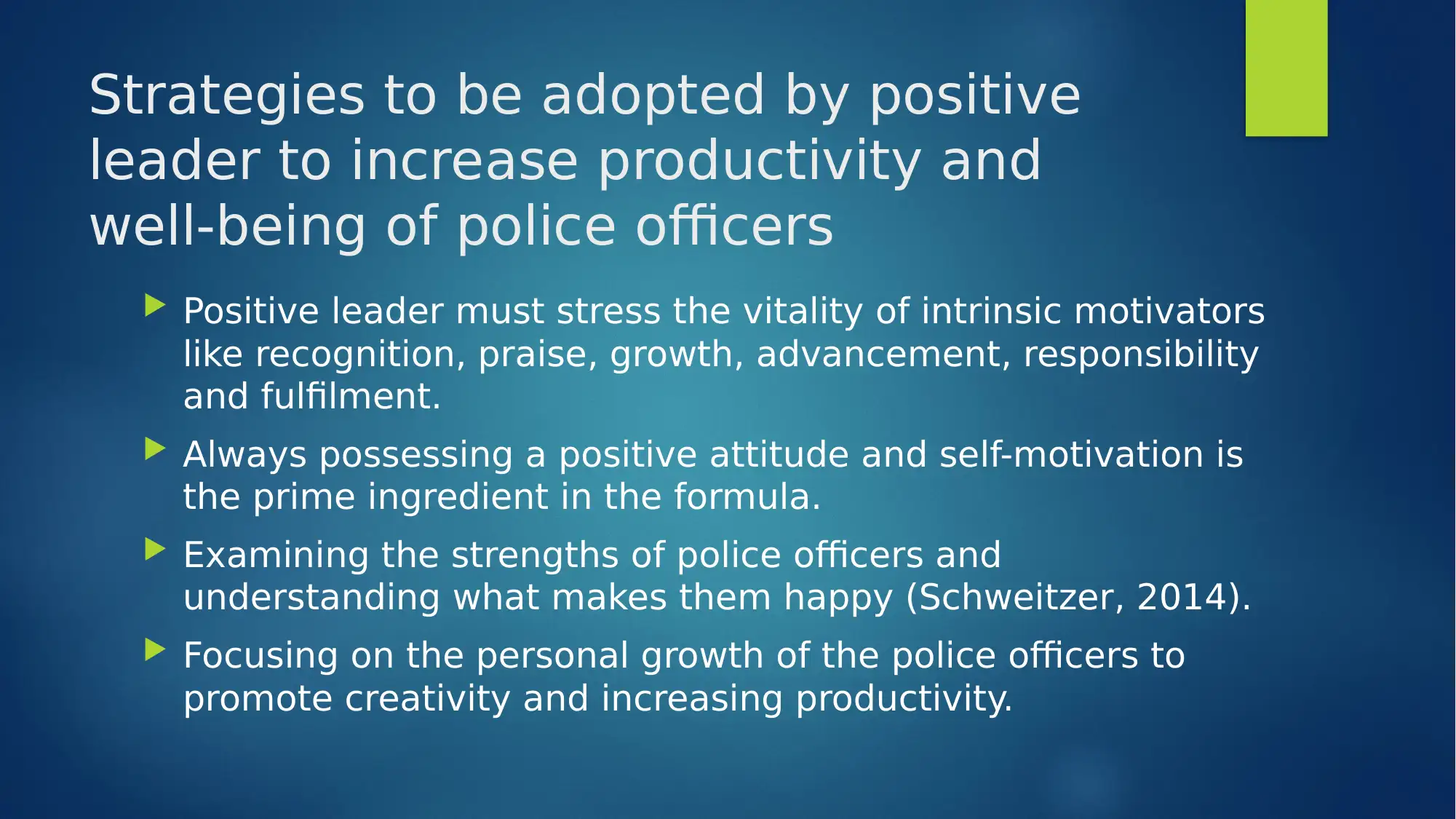
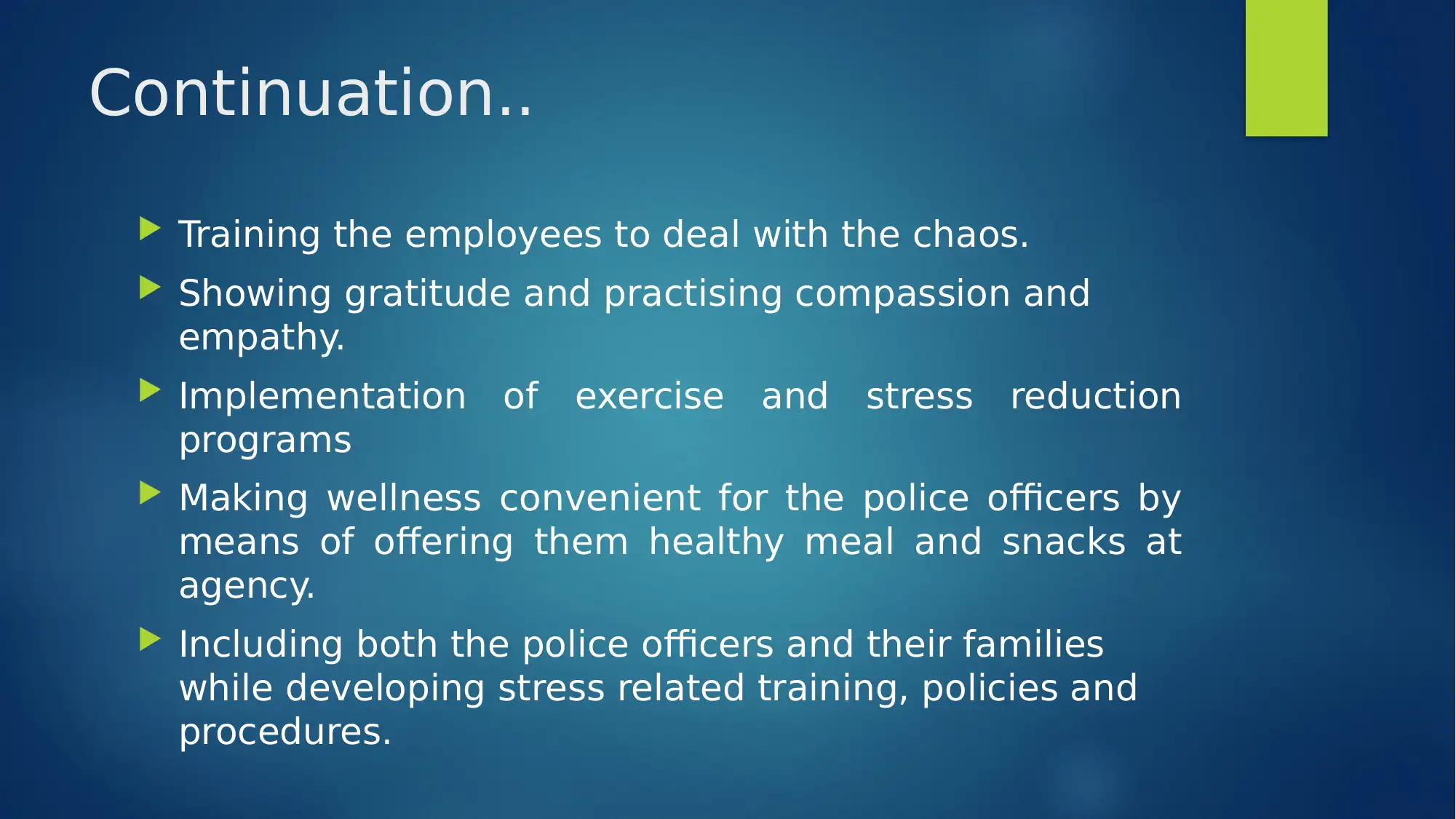

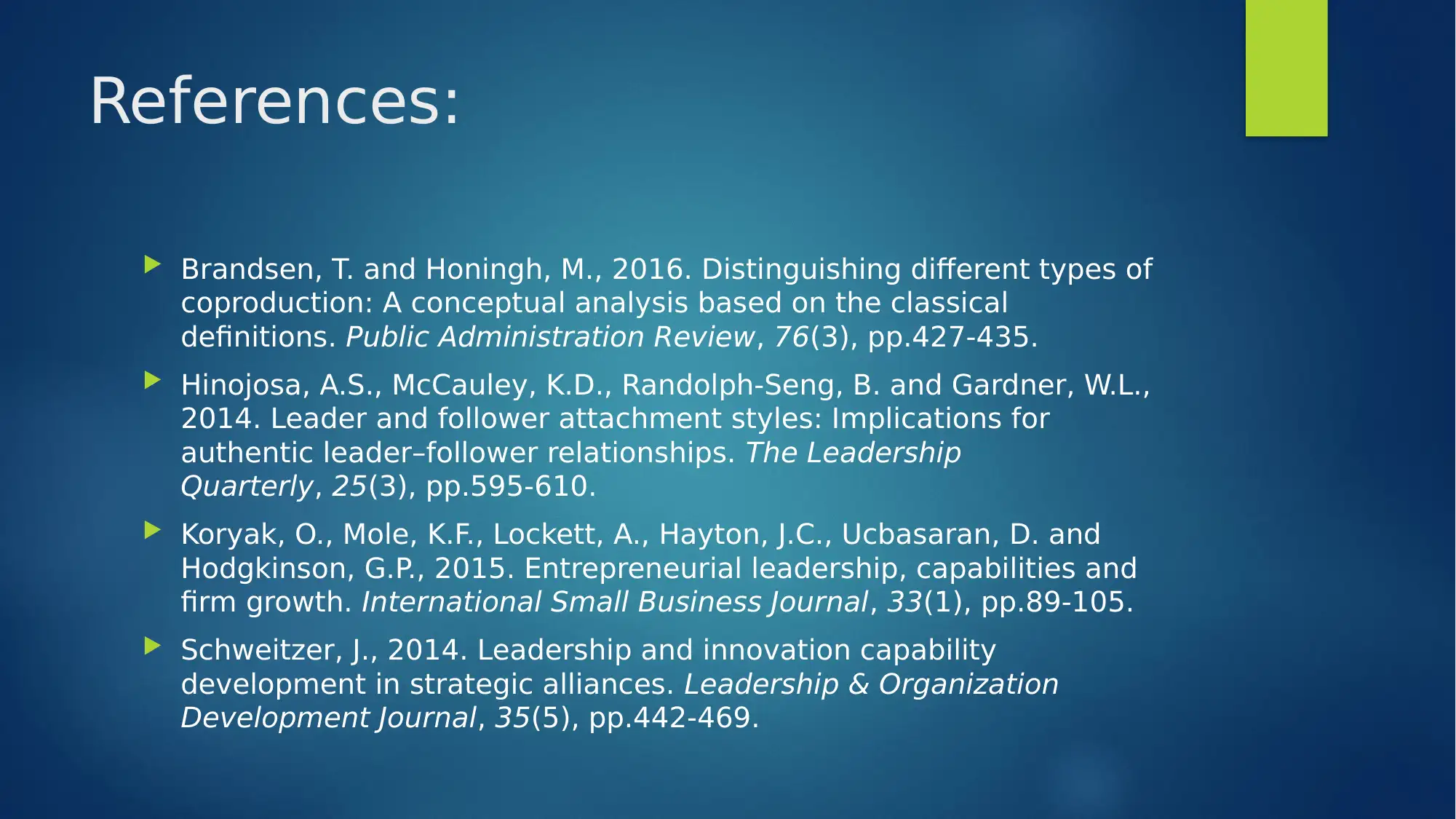







![[object Object]](/_next/static/media/star-bottom.7253800d.svg)